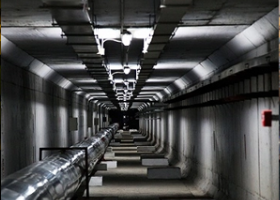
In the ever-evolving world of infrastructure development, the accurate positioning of tunnels and utility tunnels, also known as pipe galleries, is crucial for ensuring the safety, efficiency, and longevity of these structures. Tunnel and utility tunnel positioning refer to the process of determining the precise location and orientation of these structures during construction and maintenance.
Tunnel positioning involves the use of advanced surveying techniques and equipment, such as total stations, GPS systems, and laser scanners. These tools enable engineers to monitor the progress of tunnel excavation, ensuring that the tunnel is aligned with the design specifications. Accurate positioning is essential for avoiding potential conflicts with existing structures, minimizing environmental impact, and maintaining the structural integrity of the tunnel itself.
Utility tunnel positioning, on the other hand, focuses on the precise location of underground pipes, cables, and other utility lines within the tunnel. This is crucial for ensuring the safe and efficient operation of essential services such as water supply, electricity, and telecommunications. The use of BIM (Building Information Modeling) and GIS (Geographic Information System) technologies has revolutionized utility tunnel positioning, allowing for the creation of detailed 3D models that provide a comprehensive understanding of the tunnel's internal layout.
In addition to construction, accurate positioning is also essential for the maintenance and repair of tunnels and utility tunnels. By using sophisticated monitoring systems, engineers can detect any changes in the tunnel's structure or the position of utility lines, enabling prompt intervention and minimizing the risk of damage or failure.
In conclusion, tunnel and utility tunnel positioning is a critical aspect of modern infrastructure development. By using advanced technologies and techniques, engineers can ensure the accurate location and orientation of these structures, ultimately contributing to the safety, efficiency, and long-term sustainability of our urban landscapes.
